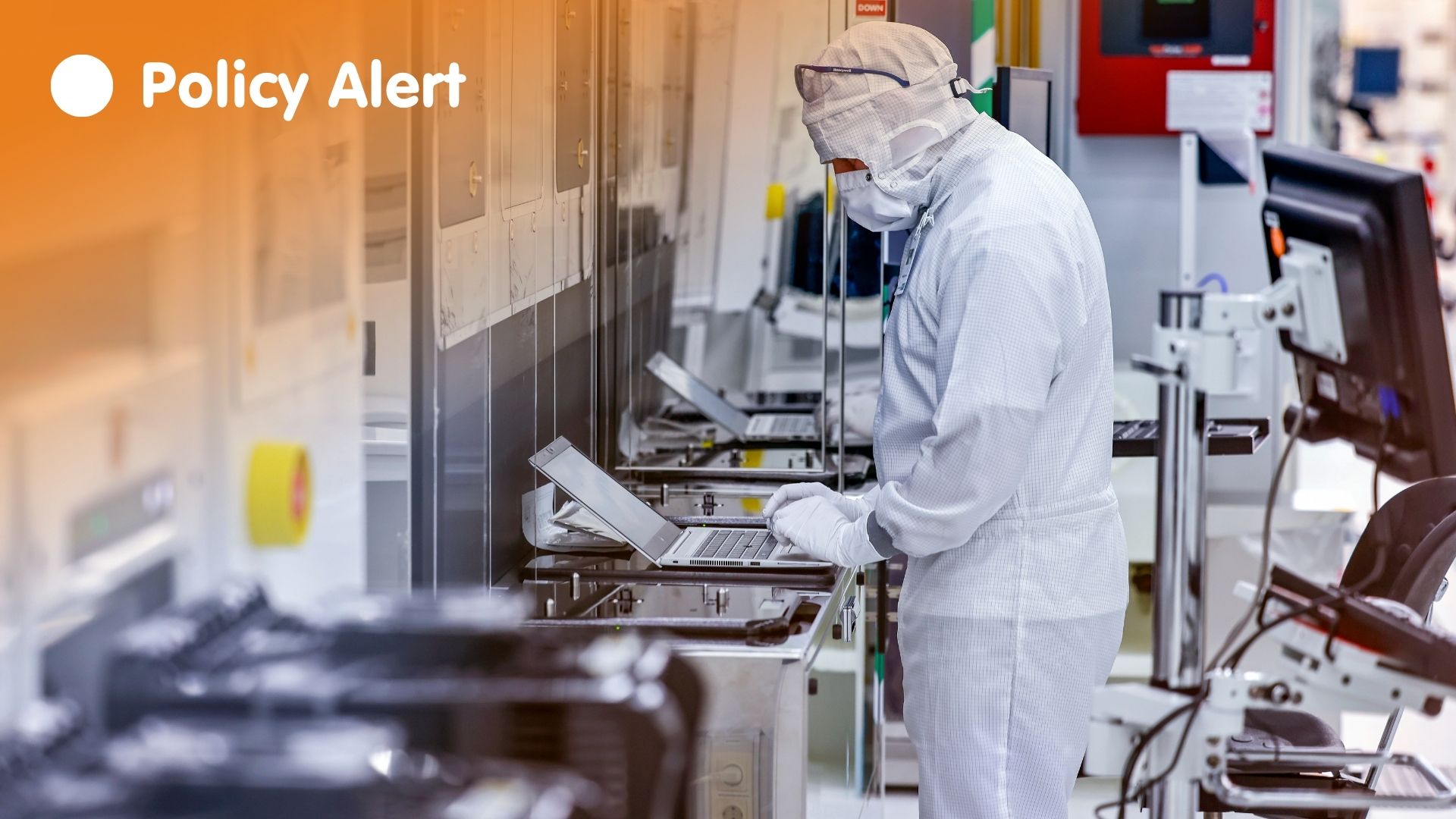The European Commission’s recommendation to conduct a risk assessment of critical technologies for the European Union’s economic security is perhaps the most important deliverable of the economic security strategy it released in June. The commission and member states will conduct risk assessments of four areas: semiconductors, AI, quantum technology, and biotechnology. The list of critical technologies focuses on those with an “enabling and transformative nature”, rather than just on dual-use technologies. This represents new economic security thinking and could reset the direction of the EU’s technology strategy in the coming months.
But the risk assessment – and the four areas selected – is just the beginning and rests on weak foundations. There is no agreement on how to address the risks, and some member state officials and businesses fear that the commission-led exercise will lead to more EU-wide restrictions on exports and investments – traditionally within the remit of national security policy. The commission has not sufficiently communicated alternative ways to address the risks, including with promotive tools and together with partners. The risk assessment is where the rubber of European de-risking meets the road.
A step in the right direction
For the assessment to lead to a comprehensive strategy on economic and technology security, the EU needs to heed these concerns.
- It should prioritise the risk assessment process over any discussions about control instruments on exports, investments, or other transactions. External pressure to expand these instruments in Europe is rising following the United States’ adoption of outbound investment controls, but Europe must focus on building its own economic security risk analysis before moving to commit to any measures.
- The risk assessments should not only detail Europe’s dependencies in these supply chains, but also the areas of strategic technologies and inputs where other countries are dependent on the EU. Focusing on the EU’s technological edge is an important flip-side to de-risking. By maintaining and increasing strategic advantages in global supply chains, the EU can gain leverage and deterrence to strategically manage its interdependencies. For this, policymakers will need deep techno-industrial knowledge of where European companies lead in which parts of critical supply chains, and how they can gain or maintain their edge.
- The EU should approach the risk assessment exercise as a first step towards building a new economic security forum, in which member states and the commission can discuss emerging technologies, where Europe suffers from chokepoints, and where it holds strategic edge positions. Such a structure, bringing together discussions on trade, technology, and security interests is missing from the continent’s existing governance. This could later be transformed into an institutionalised economic security analysis body.
Towards strategic interdependence
The risk assessment exercise is a good starting point for advancing Europe’s economic security dialogue. The innovation, production, and trade of critical technology is among the most important elements of great power competition in the global economy. Rather than separating national security and economic issues in its technology strategy, Europe therefore needs specific economic security objectives that aim to both limit strategic dependencies and maintain or expand existing technology edges.
The European Council on Foreign Relations does not take collective positions. ECFR publications only represent the views of their individual authors.

